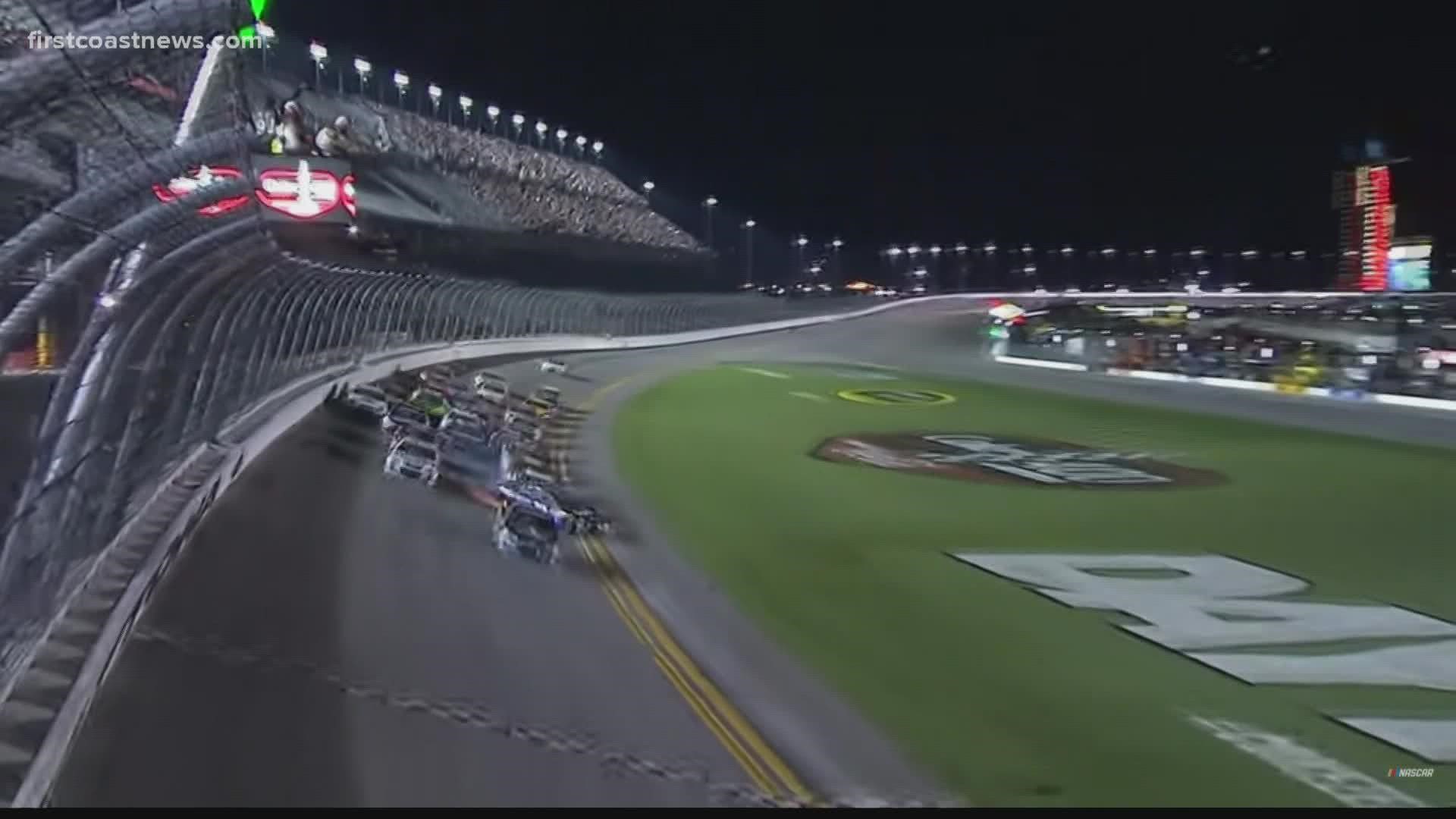DAYTONA BEACH, Fla — Austin Cindric is probably somewhere celebrating his Daytona 500 victory right now.
It's the 23-year-old first career Cup victory and what better time to do it than on his team owner Roger Penske's 85th birthday.
Cindric won in overtime in a photo finish ahead of Bubba Wallace and a trio of Ford drivers.
But how does NASCAR overtime work? Ties in NASCAR racing are obviously not settled in the same manner as they are on a football field or basketball court.
According to NASCAR, an overtime period occurs "when a race goes past its scheduled length due to a caution coming out in the closing laps necessitating an overtime finish."
A caution could mean a multiple car wreck happened or another driver ran out of fuel in the final lap.
During overtime, drivers compete for two laps and it can be attempted as many times as needed. "Typically, when the cars take the white flag, there will be no more overtime attempts made," NASCAR explains.
During Sunday's race, Penske had one request of his drivers, don't crash.
Last year, the owner's drivers Cindric, Joey Logano and Brad Keselowski crashed while racing for the win on the final lap at Daytona International Speedway. He wanted a victorious outcome this go-round.
Cindric took the lead in overtime alongside his teammate, Ryan Blaney. Cindric would eventually block Blaney throwing him behind with Wallace trailing followed by Chase Briscoe, Blaney in fourth and Almirola in fifth.
Cindric is considered the first rookie to win the Daytona 500.

